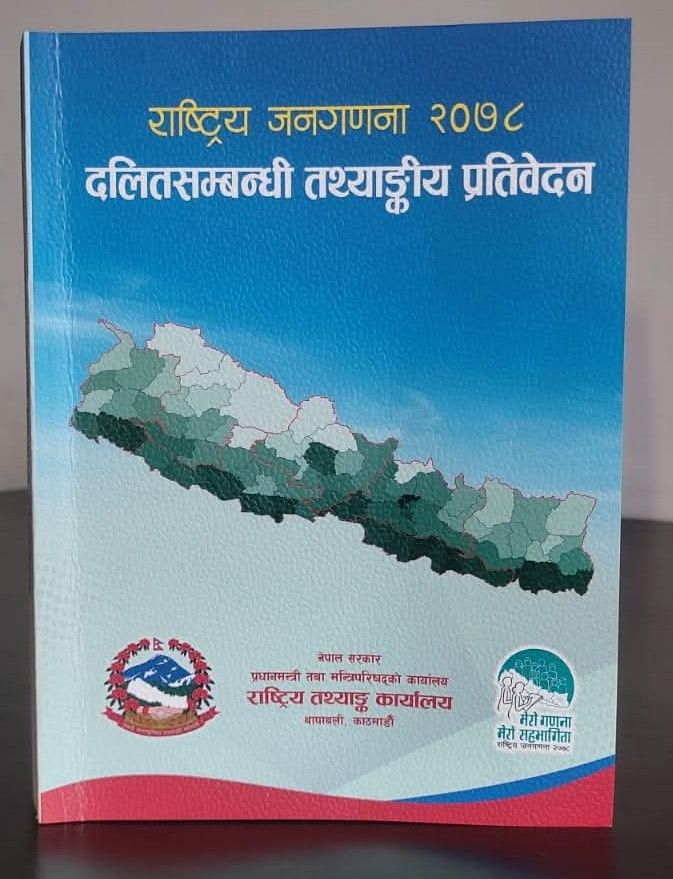The preamble of the Constitution of Nepal declares a commitment to building an egalitarian society based on the principles of proportional inclusion and participatory democracy by eliminating class-based, caste-based, regional, linguistic, religious, gender-based discrimination, and all forms of caste-based untouchability, thereby ensuring economic equality, prosperity, and social justice.
Under fundamental rights (Article 18 right to equality, Article 24-right against untouchability and discrimination, Article 40 right to Dalits and Article 42- right to social justice) several provisions have been included to uphold the rights, upliftment, and special protections for the Dalit community.
Despite having these positive constitutional provision and legal protection in Nepal, caste-based discrimination remains a significant issue and unfortunately, it has led to instances of human right violence and even murder.
The caste system has created a hierarchical structure where individuals are often marginalised and oppressed based on their caste/ ethnicity. This discrimination manifests in various forms of social exclusion, economic exploitation, and marginalisation.
Nepal Country Office programme considers Dalit community is one of the principal rightsholder groups.
The Dalit community refers to historically marginalised groups faced caste-based discrimination and exclusion and are officially recognised by the state as socially and economically disadvantaged, requiring targeted inclusion and protection measures.
At DCA in Nepal, we believe that data is essential for evidence-based advocacy, which is why we emphasise research and statistics in our work.
In collaboration with the National Statistics Office (NSO) of Nepal, the Feminist Dalit Organisation (FEDO), and other stakeholders, we supported the development of a comprehensive analysis of the Dalit demographic profile using data from the 2021 National Census.
This report marks a significant milestone for DCA in Nepal and civil society organisations across the country. It aims to equip government agencies, donors, and non-governmental organisations with data-driven insights to support inclusive planning, effective implementation, and impactful advocacy for Dalit rights.
Purpose of the Report:
The primary objective of this report is to provide an overview and comparative analysis of the economic, social, and demographic status of Dalits in Nepal, based on data from the National Census 2021.
Specifically, the report examines key household and individual indicators related to Dalit women across various dimensions, including geographic regions (Hill, and Madhesh), levels of urbanisation (urban, semi-urban, and rural), provincial divisions (seven provinces), caste/ethnic groups (Hill Dalits, Madhesi Dalits, and non-Dalits), and other relevant contexts.

Additional goals of the report include identifying trends and offering policy recommendations. Notably, this is the first Dalit-focused report produced by the Central Bureau of Statistics. It is intended to serve as a foundational resource for government agencies, development partners, the Dalit community, and researchers. The report presents a multidimensional overview of the current status of the Dalit population, which constitutes 13.44% of Nepal’s total population.
Key findings from the report include:
- Nepal’s total population is 29,164,578. Among them, the Dalit population is 3,898,990, making up 13.44% of the total, making up 13.44% of the total. Of the total Dalit population, Hill Dalits make up 8.6% and Madheshi Dalits about 4.8%.
- Among the overall Dalit community, only 35.0% of households live in homes with exterior walls made of cement-bonded bricks or stones which is17.2 % lower than the national average. The majority of Madheshi Dalits (53.7%) live in houses with walls made from wood, planks, or bamboo-based materials
- 57% obtain safe drinking water from piped taps. Among Dalit households, 52.9% use piped tap water, which is 4.1 % lower than the national average.Within the Dalit community, only about 18% of Madheshi Dalit households use piped tap water.
- In Nepal, 92.2% of households use electricity as the primary source for lighting. Among Dalit households, 87.6% have access to this facility.
- About 4.5% of households in Nepal do not have any toilets. Among non-Dalit ethnic groups, the proportion of households without toilets is lower than the national average, at 3.7%. However, 10.1% of Dalit households are without any toilet facilities.
- 24% of households have at least one woman listed as the owner of a house, land, or both. When comparing this by Dalit and non-Dalit ethnic groups, 15.7% of Dalit households have at least one woman as the owner of property.
- In Nepal, about 25% of households are very poor but among Dalits, over 36% are very poor. For Hill Dalits, it’s 32%, and for Madheshi Dalits, it’s even higher at 44.5%.
- The average age of first marriage of Dalit is 18.7 years (20.2 for men, 17.5 for women), lower than the national average. Among non-Dalits, the average age is 20.1 years (21.8 for men, 18.7 for women).
- The national literacy rate (age 5+) is 76.2%, while Dalit literacy is lower at 67.4%, with Hill Dalits at 75.7% and Terai Dalits significantly lower at 51.9%. Among Dalits aged 5 to 25, 13.1% have never attended school, rising to 27.5% for Terai Dalits and 31.6% for Terai Dalit women.
- Illiteracy affects about 24% of Nepal’s population aged 5+ (16.4% men, 30.6% women). Among Dalits, the rate is higher at 32.6%, with 25.8% of Dalit men and 38.7% of Dalit women unable to read or write.


